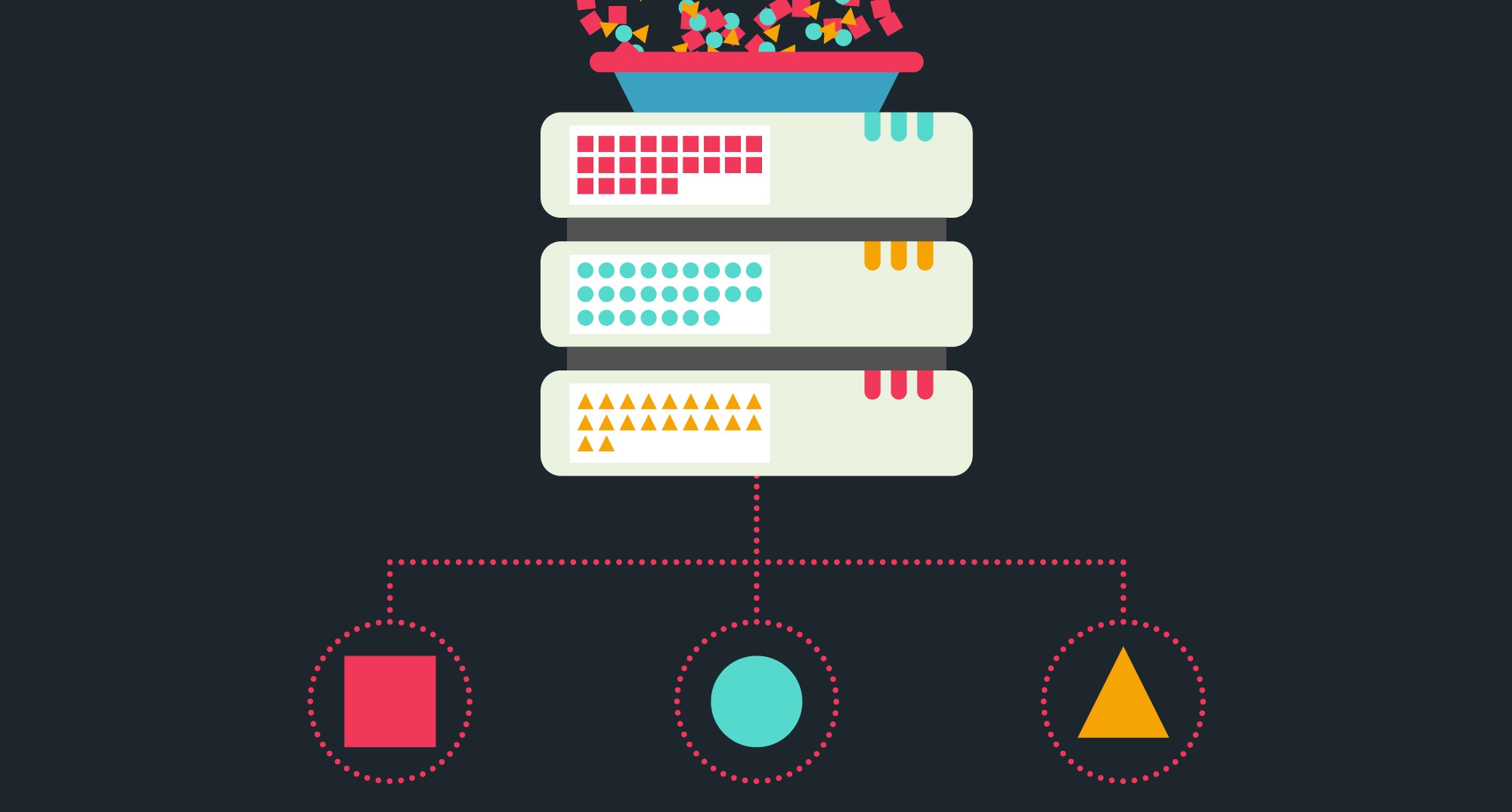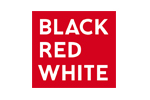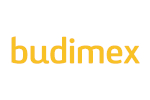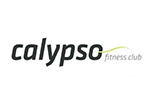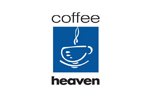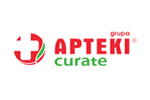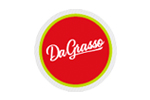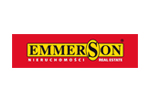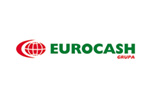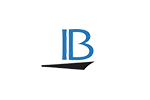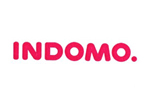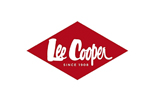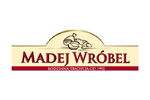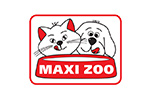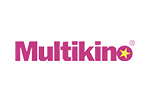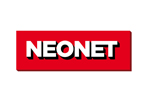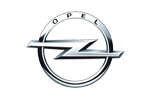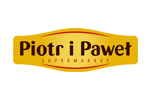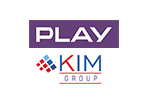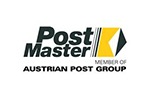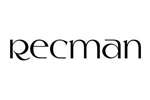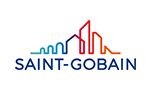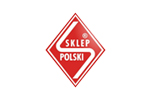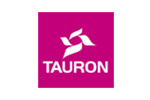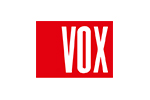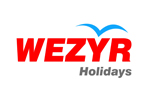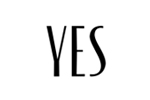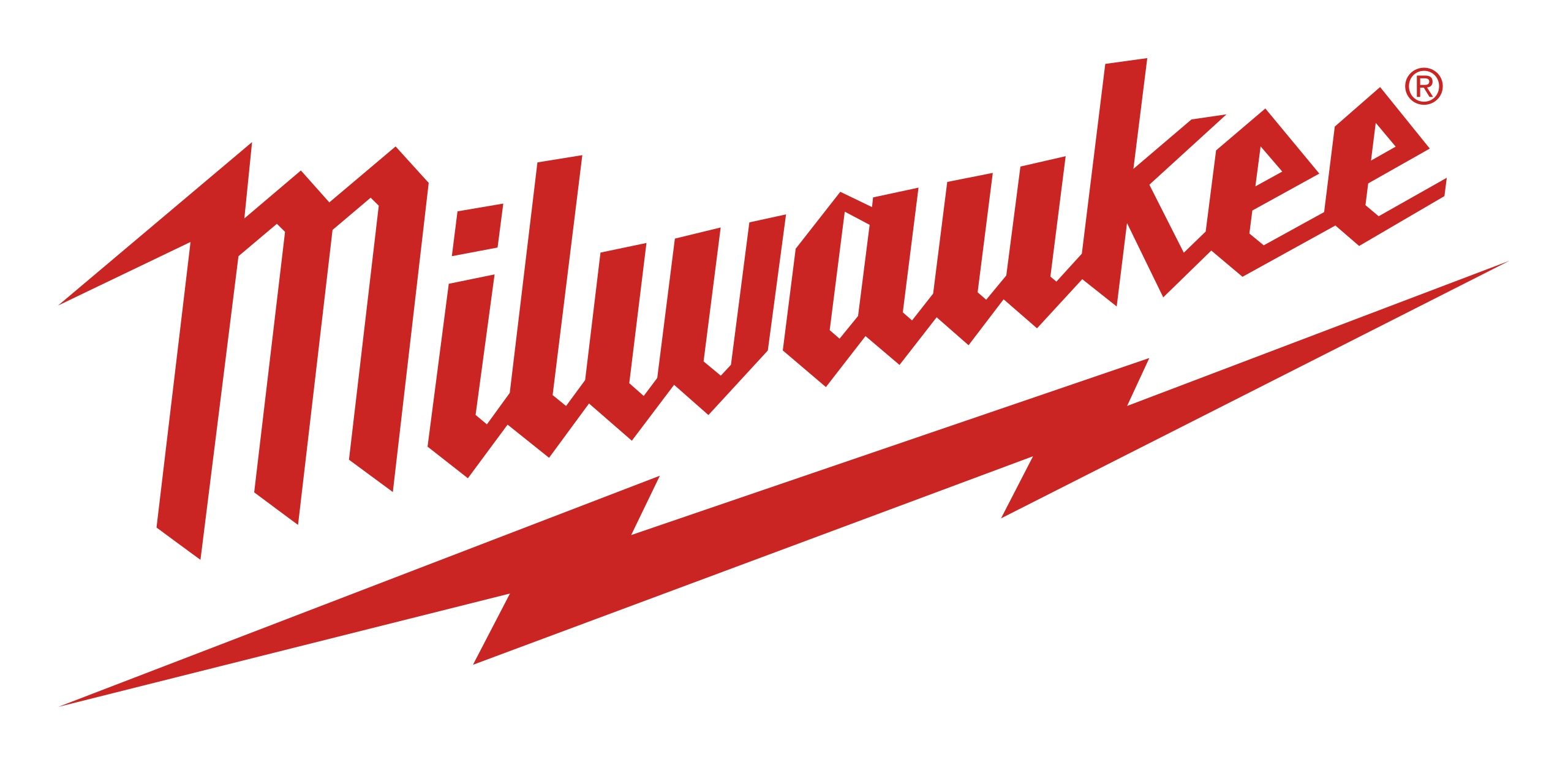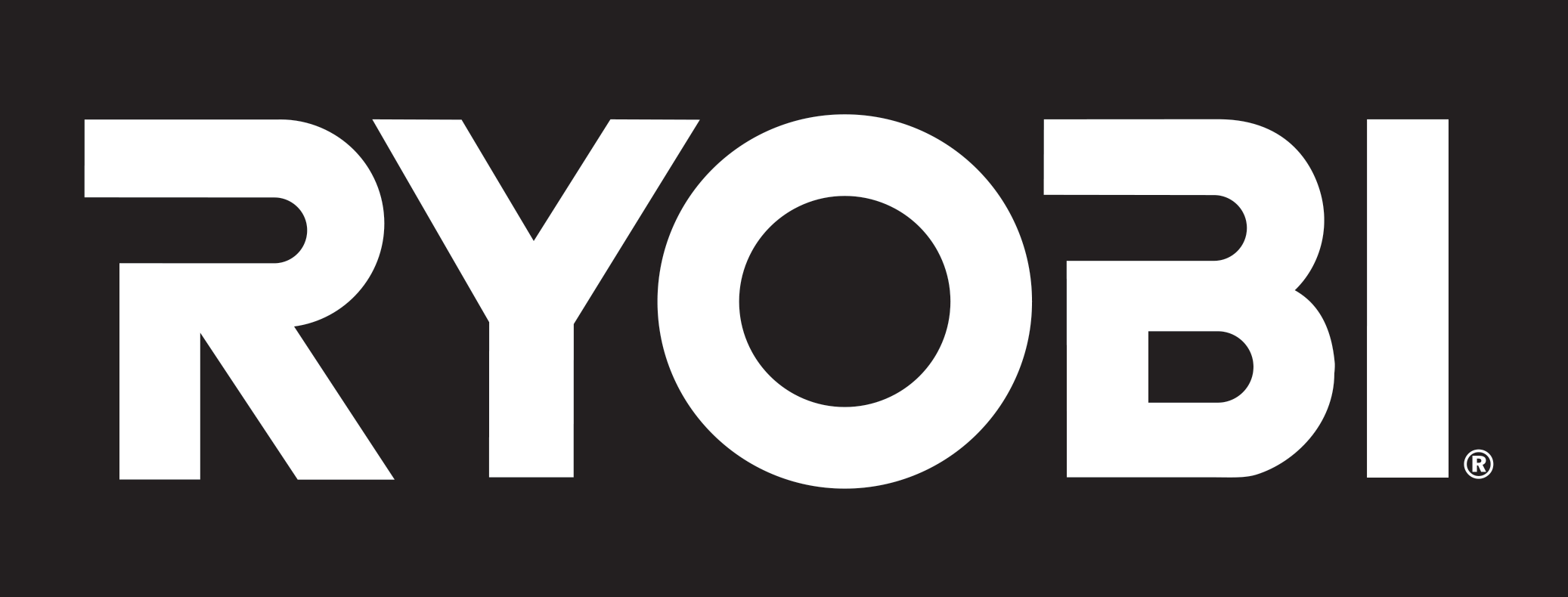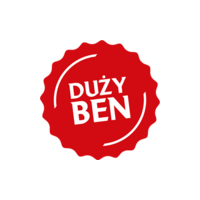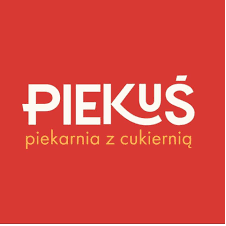„Zarządzanie rozproszoną strukturą nie należy do łatwych zadań”
O tym, jak realizację tego zadania uprościć oraz na czym dokładnie polega wyzwanie, rozmawialiśmy z Dyrektorem Operacyjnym Monnari Trade, panem Piotrem Olczykiem.
Monnari to ponad 170 sklepów na terenie całego kraju, a w nich około 1000 osób personelu sprzedażowego. Ponad 30 pracowników funkcjonuje na co dzień w terenie, należą do nich kierownicy regionów, mikroregionów itp. Jakie wyzwania wiążą się z codziennym zarządzaniem tak licznym rozproszonym zespołem?
Zarządzanie rozproszoną strukturą nie należy do łatwych zadań. W codziennych działaniach skupiamy się głównie na tym, aby zapewnić naszym klientkom jak najwyższy poziom obsługi, a ten rozpatrujemy bardzo szeroko - począwszy od ogólnie pojętego VMu, a skończywszy na wszystkich operacjach sprzedażowych i około sprzedażowych. Jakość wykonania każdego z drobnych elementów składa się na całość, czyli sprawne działanie sklepu każdego dnia. Skoordynowanie i wyegzekwowanie tej pozornie oczywistej pracy to prawdziwe wyzwanie.

Czy po wdrożeniu cHow codzienna praca stała się łatwiejsza? Jakie główne korzyści wynikające z korzystania z systemu Pan dostrzega?
Wyzwania nie zniknęły - można nawet powiedzieć, że jest ich więcej, bo mamy większą świadomość bieżącej sytuacji. Dzięki wdrożeniu systemu cHow zyskaliśmy przede wszystkim możliwość płynnego monitorowania postępów w realizacji zadań w strukturze sklepu jak i wśród managerów średniego szczebla. Kierownicy regionalni oraz Zarząd zyskali narzędzie do oceny jakości pracy i wykorzystania czasu. Znacząco poprawiliśmy efektywność i jakość pracy. Dokładne sparametryzowanie poszczególnych procesów zasadniczo skróciło czas ich realizacji, a w przypadku niektórych zastąpiliśmy je nowymi, bardziej wydajnymi.
Monnari pracuje z cHow od ponad pół roku. Zlecono przez system niemal 166 tysięcy zadań, a wykonano ponad 90% z nich! Jest to dowód na dużą dyscyplinę w organizacji. W jaki sposób udało się Państwu osiągnąć tak wysoki wskaźnik już w pierwszych miesiącach pracy z nowym dla firmy systemem?
Raporty w cHow stanowią odzwierciedlenie naszego dnia pracy. Firma Zalass Consulting adaptując dla nas system była w 100% otwarta na sugestie i potrzeby. Wspólnie zbudowaliśmy zespół, który opracował model działania pozwalający na osiągnięcie celu. Efektem tej pracy jest obecny kształt cHow.
Ponad 90% efektywność w realizacji zadań osiągamy dzięki dopasowaniu systemu do specyfiki naszej firmy, wysokiej sprawność narzędzia, ale przede wszystkim obowiązkowości pracowników. Brak kłopotów technicznych, intuicyjne działanie, sprawny Help Desk, częste aktualizacje, nowe funkcjonalności sprawiają, że pracujemy z cHow bez obaw i problemów, a więc wśród pracowników nie ma oporu przez używaniem aplikacji.
Tematy zadań zlecanych przez cHow są rozmaite – pytacie Państwo pracowników punktów sprzedaży o rzeczy związane z oznaczeniami promocji, wysyłane są instrukcje i raporty VM, zbieracie zamówienia odzieży pracowniczej, informacje o awariach terminali płatniczych, prowadzicie karty ocen pracowniczych itd. Kto jest głównym odbiorcą zbieranych danych? Jakie działy?
cHow dostarcza informacje, z których - mogę to dziś z całą odpowiedzialnością powiedzieć – w formie raportów korzysta cała firma. Katalog raportów został tak zbudowany, że w zasadzie cHow stał się głównym kanałem wymiany informacji między sklepem, a strukturami zarządczymi i logistyką.
Czy dane, które pozyskujecie Państwo przez cHow były wcześniej dostępne w organizacji?
Dane oczywiście były dostępne wcześniej. Pozyskanie ich było jednak nie tak szybkie i nie tak systematyczne, jak ma to miejsce teraz. Po 2-3 miesiącach funkcjonowania systemu rozpoczęliśmy rozbudowę struktury raportów na nowe obszary. Efekt - poprawa efektywności i redukcja czasu wdrożenia zadań oraz rozwiązań.
Mówi się, że zebranie danych to dopiero część sukcesu. Druga część to umiejętność ich wykorzystania. Jak to wygląda u Państwa? Czy pojawienie się dużych puli danych stanowiło dla Państwa na początku wyzwanie organizacyjne związane z tym, jak zorganizować proces „konsumowania” tej wiedzy? Jeśli tak, jak sobie z nim poradziliście?
Ilość danych, jaką otrzymujemy każdego dnia jest ogromna. Wspomniałem, że z cHow korzysta bardzo dużo osób odpowiedzialnych za szereg procesów całej firmy. Informacja trafia bezpośrednio do komórki odpowiedzialnej za określony obszar. Wcześniej bywało z tym różnie, dzisiaj „bank danych” stanowi fundament do działań wszystkich managerów odpowiedzialnych za wsparcie sprzedaży.
Bazując na Państwa doświadczeniu proszę powiedzieć, jakie czynniki stanowią przesłankę do tego, że wdrożenie w firmie systemu z kategorii Field Service Management jest zasadne? W jakich sytuacjach warto?
Zasadność takiego wdrożenia jest w mojej ocenie niepodważalna. Stosunek zysków do nakładów jest bardzo korzystny. Zarządzanie rozproszoną strukturą wymaga zastosowania narzędzi do monitorowania pracy. Służy to przede wszystkim podniesieniu efektywności. Nie bez znaczenia jest także i to, że wdrożenie systemu znakomicie poprawia ocenę jakości procesów, jakie prowadzimy.
A czy samo wdrożenie było dla Państwa trudne? Czasami słyszymy od klientów, że widzą potrzebę realizacji wdrożenia, ale zwlekają z nim, bo nie mogą znaleźć dobrego momentu na podjęcie tak dużego wysiłku organizacyjnego. Jakby się Pan odniósł do tego typu obaw?
Z całą odpowiedzialnością mogę potwierdzić, że proces wdrożenia nie należy do trudnych. Filozofia działania narzędzia nie jest bardzo skomplikowana, Ważne jednak, aby projekt, który jest przygotowywany do wdrożenia był przemyślany - wtedy procedura wdrożenia powinna przebiec bez zakłóceń.
Pobierz wywiad w PDF
Czytaj więcej Zobacz wszystkie
Kontakt

Zobacz demo

cHow
Królewska 2/2, 30-045 Kraków


